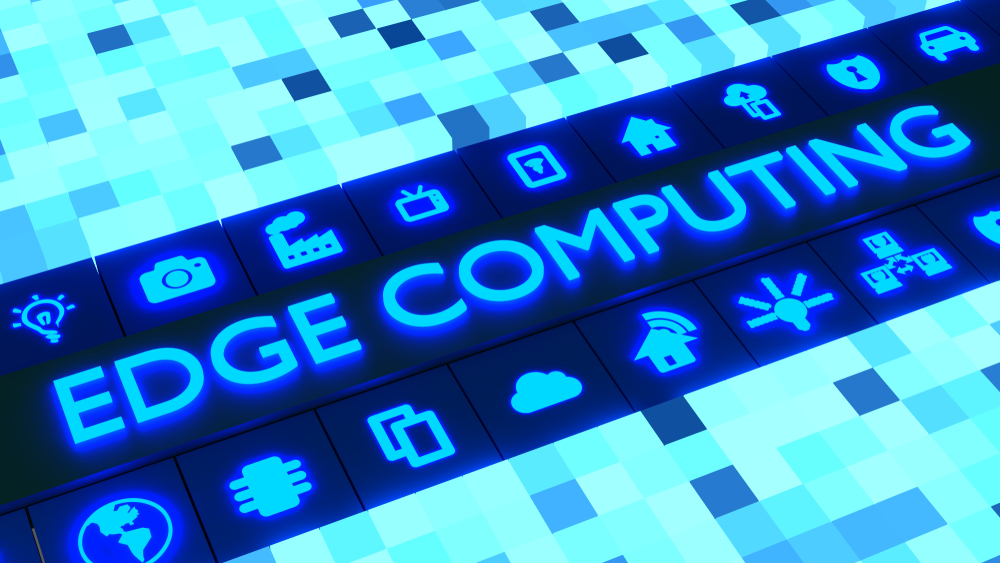2021 is ushering in a new perspective on IT security. Experts advise the future is in edge computing, but it’s not as simple as “out with the old, in with the new.”
With origins in the late 1990s, edge computing is an open IT architecture that operates on decentralized processing power. It cuts out the middleman—in this case, a cloud data center—and allows devices or local servers to process data, enabling mobile computing and the Internet of Things (IoT).
If you’ve been following our blog, you know that cloud computing is a viable strategy for large volumes of data processing, and one that will follow countless organizations into 2021. But a detour through the cloud can also lead to noticeable lag, and by comparison, edge computing gives individual devices the ability to rapidly parse, analyze, and act on the data it receives.
As the edge computing market jumps internationally, with an anticipated increase to $250.6 billion by 2024, experts suggest that integrating edge capabilities with existing cloud servers is the inevitable next step. So how exactly will this play out? What can we expect from this trend in 2021, and what lessons can we learn from edge computing methodology?
The Power of Edge Processing
As of now, cloud computing servers make use of centralized data processing to cut down on logistical complications, which may make edge computing sound like cloud computing’s competitor. But in the latter half of 2020, certain ops teams implemented edge systems with centralized command-and-control, so the system’s configurations and security profiles were still stored in the cloud.
Experts have good reason to believe that going forward, edge computing will maintain a centralized, cloud-based management system to expedite machine learning and real-time data reporting while prioritizing independent device processing. This is in part due to today’s unique circumstances; as the IT security community continues to work largely from home, individual devices will need expanded capabilities to function safely and securely on each organization’s network.
And IT security staff aren’t the only ones adjusting to remote work’s new realities. Edge computing is also an increasingly appealing option for clients, with the promise of better application reliability and performance an undeniably hot topic at the moment.
Because edge computing is still conceptually new when it comes to IT security, methods of protecting an entirely edge-based system are still up in the air. But in theory, distributing and isolating data processing and storage across various applications and devices would make it more difficult for malicious actors to collapse an entire system with one act; the system’s very structure would be its failsafe.
Shifting Security Perspectives
Whether you’re leading the charge in transforming your organization’s data processing or just weighing the pros and cons, nothing is more important than your present-day security.
You can start by making sure you’re never caught off guard—our Network Vulnerability Assessment and Management combines a comprehensive vulnerability assessment with 24/7-365 on-demand scanning, real-time solutions, and long-term planning for keeping your organization’s security compliant and adaptable.
Our blog prioritizes the stories that will keep you informed and engaged, but for immediate, vital developments in the world of IT security, check out our headlines in IT security and compliance.
For more information about BAI Security’s methodology and innovative security solutions, contact us today.









